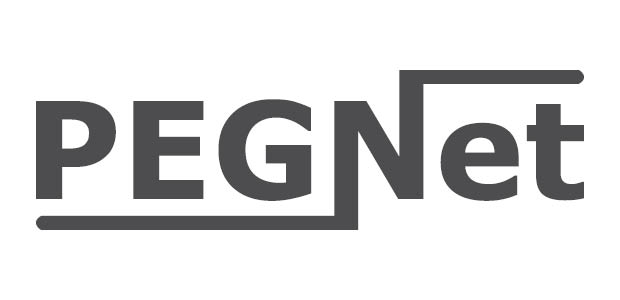Health care
Investing in the world’s poorest children

In 2010, UNICEF first claimed that investments in the poorest children were more cost-effective than investments in less deprived groups. The costs of reaching the poorest children are indeed higher than the costs of reaching those who are less poor. However, the added costs are made up for with better results. The agency has recently released new figures that support this presumption. The new study, which was performed between 2003 and 2016, proves that with the same amount of money, almost twice as many lives among the poorest can be saved than among those who are less poor. It is primarily a matter of investing in effective health and nutrition programmes.
According to UNICEF, it is a great injustice that almost twice as many poor children do not survive to see their fifth birthday than do children in better circumstances. The organisation finds it to be especially tragic that the great majority of child deaths occur needlessly. Most of these deaths can be prevented through practical and affordable measures. Some examples are:
- Mosquito nets for preventing malaria.
- Oral rehydration salts for treating diarrhoea.
- Early vaccinations against avoidable diseases.
- Community-based health services provided by qualified staff to reduce complications during childbirth.
- Breastfeeding babies in the first six months.
- Making sure that parents treat their sick children and bring them to the doctor.
UNICEF regrets the fact that while the poorest would benefit most from interventions, in many countries these programmes do not reach them. If efforts persist in their current form, without special consideration for the world’s poorest population, by 2030 almost 70 million newborns and toddlers will die of preventable causes, warns UNICEF. There is a great need for action in this respect.
Access to health and nutrition programmes for poor populations has improved in recent years, which has led to an essential reduction in inequality. During the 13-year period studied, the mortality rate among poor children under the age of five was reduced three times more quickly than among children who are not poor.
Because the birth rate among the poor is higher than among those who are not poor, the reduction of the child mortality rate has an especially great effect among the poor: 4.2 more lives saved per million people than among those who are not poor. Of the 1.1 million lives saved in 51 countries in one year of the study, almost 85 % were poor children.
An intensive focus on actions and investments for an equity-enhancing approach could help countries achieve the Sustainable Development Goals for reducing newborn and child mortality rates (SDG 3.2), according to UNICEF. Actions for improving child survival that are based upon overcoming inequality could also contribute to breaking the cycle of poverty that has been inherited through generations. When children are healthy, they learn better in school and have better employment opportunities as adults.
According to UNICEF, countries can take the following concrete actions in order to reduce inequity:
- Identify the poorest children and communities.
- Invest in affordable interventions that have been proven to be effective.
- Enhance health-care systems.
- Try harder to access those who are the most difficult to reach.
- Monitor results for equity.
Sabine Balk is member of the editorial team of D+C Development and Cooperation / E+Z Entwicklung und Zusammenarbeit.
euz.editor@fs-medien.de
Link
UNICEF, 2017: Narrowing the Gaps: The power of investing in the poorest children.
https://www.unicef.org/publications/files/UNICEF_The_power_of_investing_in_the_poorest_children.pdf












